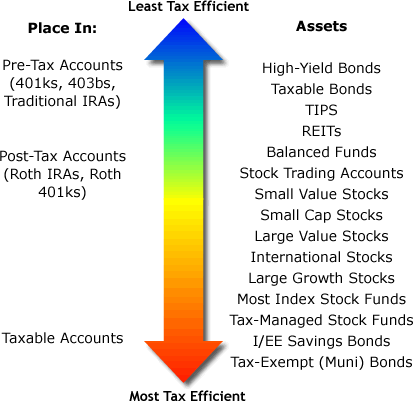What Is a Mutual Fund Personal Finance
Post on: 16 Март, 2015 No Comment

Tips
- Before buying into a mutual fund, check with a retirement adviser to confirm that the fund is a proper investment for your portfolio.
- Look at the shareholder fees section of your mutual fund’s prospectus to find out what fees you’ll pay.
- You might find mutual funds in a 401(k) plan, but you don’t have to be in a 401(k) to invest in mutual funds.
-
Related How-Tos
Feedback
A mutual fund pools the assets of its investors and invests the money on behalf of those investors. The companies that issue these funds, such as Fidelity or Vanguard. manage the pool of money on the investors behalf.
The underlying logic of mutual funds is that they provide diverse investments in stocks, bonds and cash without requiring investors to make separate purchases and trades. An individual would need more than $100,000 to build a similarly diversified portfolio of individual shares and bonds, but a mutual fund investor can send $1,000 to a fund company and find herself holding an ownership stake in a number of companies. For instance, a Fidelity fund manager will take in millions of dollars and buy up stock in IBM or General Motors; each investor in the mutual fund is then, by extension, an investor in those companies.
The rise of mutual funds has given individual investors the chance to participate in the stock market in a way not previously possible. Even after the burst of the stock market bubble in 2000, more than half of U.S. the households owned stocks, mainly through mutual funds. At the end of 2004, nearly $8 trillion was held in more than 8,000 mutual funds that invest in stocks, bonds and other investments.
The largest segment of the fund industry focuses on stocks, and just under half of the assets held by the industry are stocks. Within that universe, investors have an eye-popping number of options: index funds, growth funds, sector funds and many more. Fidelity Investments, one of the biggest mutual fund companies in the world, has about forty-five different kinds of stock mutual funds focused on the United States alone. Fidelity gives investors mutual funds that focus on small stocks, mid-sized stocks, dividend-paying stocks, growth funds and value funds. If you’ve got an investment notion, chances are that Fidelity has a fund that would fit. And its not just Fidelity. Other big fund companies, such as Putnam Investments and Janus Investment Professionals. also offer a range of investing choices.
Many investors have become familiar with mutual funds via their 401(k) or other retirement programs. Most such programs provide employees with a menu of fund options the employee can choose among to build his or her investment plan. It’s always smart to check with a financial adviser or an in-house retirement adviser before deciding how to deploy your retirement savings. Factors such as your age, your anticipated date of retirement and the amount of corporate matching all play a role in mapping out the proper investment strategy.
Mutual funds have costs, not just in terms of investment risk, but also in terms of fees. Like any investment, these funds have operating costs. Fees are disclosed in a funds prospectus under the heading Shareholder fees. The SEC does not limit the fees that a mutual fund can charge, but although the SEC limits redemption fees to 2%. To read more about what kind of fees you can expect with mutual funds, check out the SECs guide .
If youre looking to research or track specific mutual funds, Morningstar aggregates data and content on specific funds and publishes commentary on the mutual fund world.
Online Tools:
- An Introduction to Mutual Funds — A brochure on mutual funds with key points, a glossary and a mutual fund cost calculator, from the U.S. Securities and Exchange Commission (SEC).
- Morningstar — Tons of mutual fund news, graphs and tools for investors.
- at SmartMoney.
- at SmartMoney.














